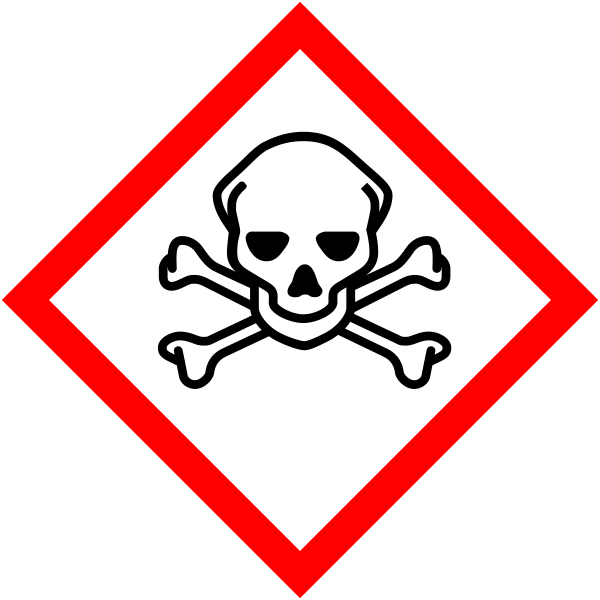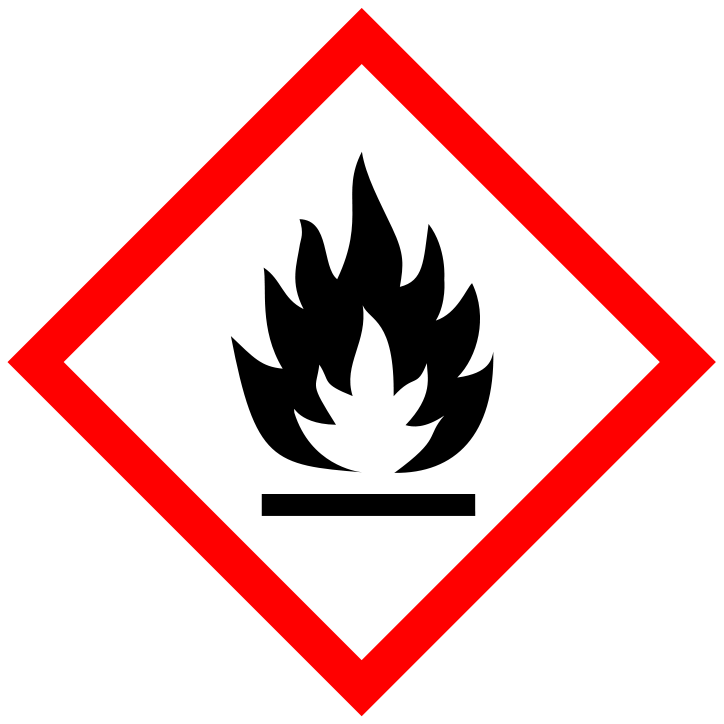POTASSIUM METHYLATE 32% in methanol (KM32), L
5.60 €
01170405
Potassium Methylate, CAS 865-33-8, potassium methoxide, potassium methylate in methanol, potassium methanolate, KM32, Potassium Methylate, potassium methoxide, RME catalyst
Parameter | Attribute |
Potassium methylate | K-methylate, potassium methoxide, potassium methylate in methanol, potassium methanolate |
Formula | CH3OK |
Structure |   |
IUPAC | Potassium Methylate |
INCI | - |
CAS | 865-33-8 |
Molar mass | 70,132 g/mol |
Density | 0.993 g/cm3 |
Solubility | Miscible with water and oils |
Potassium methoxide is an alkoxide of methanol with a potassium counterion and is used as a strong base and as a catalyst for re-esterification, especially in the production of biodiesel.
In the fuel industry, the use of potassium methoxide is as the main peresterification catalyst in the synthesis of biodiesel (25-32% methanol solution). Potassium methylate is used as an alkaline catalyst in small and large tonnage organic synthesis, especially in peresterification reactions. Solid potassium methylate and its solution in methanol is produced at a rate of 30-33 % by weight. The production of biodiesel catalysed by alkaline metal methylate has been increasing steadily in recent years. The use of alcoholate instead of hydroxide allows a 10 % increase in biodiesel yield. The use of potassium methylate is 18 kg per tonne of biodiesel. Triglycerides of plant and animal origin react with methanol in the presence of alkali metal methanolates to form the corresponding fat methyl esters. Potassium methoxide makes it easier to formulate fatty soaps than the cheaper sodium methoxide (where the potassium salts of the fatty acids are derived from the triglycerides), and the use of potassium methoxide gives a higher yield. The optimum conditions for the production of biodiesel from rapeseed oil have been reported to be 1,59 % by weight of potassium methoxide, a reaction temperature of 50 °C and a methanol/oil ratio of 4,5:1. The biodiesel yield is 95,8 % at a fatty acid content of 0,75 % by weight. As a result, potassium methylate catalyst is used wherever the cost requires, with cheaper raw products such as animal fats or used cooking oil (cooking fat) being used instead of pure vegetable oils.
In the chemical industry, potassium methylate is used as a condenser in the production of methyl formate, dimethyl carbonate, a strong basic catalyst for dimethylformamide. It can be used in the production of sulfonamides (such as sulfadiazine, sulfamethazine, sulfamethoxine, sulfamethoxine, sulfamethazine, etc.), trimethoprim, methanol, vitamin A, vitamin B1, and other pharmaceuticals, and in the production of pesticides. Used as a catalyst for the treatment of edible fats and edible oils, and as a tanning agent for leather.
In laboratories, potassium methylate is used to determine the ozone content of air by calorimetry. It is also used to determine the ozone content of water.
Important: Add the item to your basket, fill in the recipient's details and confirm your order. Thank you!
To save your precious time, we will deliver your order to your address at a time convenient for You!
*- The pictures of the goods may not correspond to the actual appearance, colour, assembly or shape of the goods and their packaging. The information in the product description is of a general nature and may not correspond to the information on the packaging of the product and may not be the exact use of the product. The information given on the stocks and prices of goods may, in certain cases, differ from the actual prices and stocks of goods
**- Trade in toxic substances is carried out in accordance with the provisions of the Law on the Control of Poisonous Substances (current version). Before purchasing toxic substances, the purchaser must present a permit to work with toxic substances
Signal word: DANGER |
Hazard icons:
|
Danger phrases: H225 Highly flammable liquid and vapour H301 Toxic by ingestion. H311 Toxic in contact with skin. H314 Severely burns skin and damages eyes. H331 Toxic by inhalation H370 Harmful to organs |
Precautionary statements: P210 Keep away from sources of heat, sparks, naked flames, hot surfaces. P233 Keep container tightly closed. P235 Keep in a cool place. P241 Use explosion-proof electrical/ventilation/lighting system P242 Use non-sparking tools. P243: Take precautions to avoid static discharge. P260 Do not inhale dust/ fumes/ gases/ mists/ vapours/ aerosols. P264 Wash hands, surfaces thoroughly after use P270 Do not eat, drink or smoke while using this product. P271 Use only outdoors or in a well-ventilated area. P280 Wear protective gloves/protective clothing/eye/face protection. P301 + P310 IN CASE OF EMERGENCY: call the ACCIDENT CONTROL AND INFORMATION OFFICE/ consult a doctor immediately. P301 + P330 + P331 WARNING: Rinse mouth. DO NOT induce vomiting. P303+P361+P353 IN CASE OF CONTACT WITH SKIN (or hair): immediately remove all contaminated clothing. Wash skin with water [or spray]. P304+P340 INTRODUCTION: Remove the victim to fresh air; he/she must be in a comfortable position to allow free breathing. P305+P351+P338 IN EYES: wash gently with water for a few minutes. Remove contact lenses, if present and if easy to do so. Continue washing eyes. P310 Call the ACCIDENT CONTROL AND INFORMATION OFFICE/consult a doctor immediately. P361 Immediately remove all contaminated clothing. P363 Wash contaminated clothing before putting it back on. P370 + P378 In case of fire: use inert materials to extinguish. Do not use carbon dioxide extinguishers. P403 + P233 Store in a well-ventilated place. Keep container tightly closed. P405 Keep locked. P501 Dispose of contents/container in accordance with local regulations. |
01170405
Related products
(8 other products in the same category)













